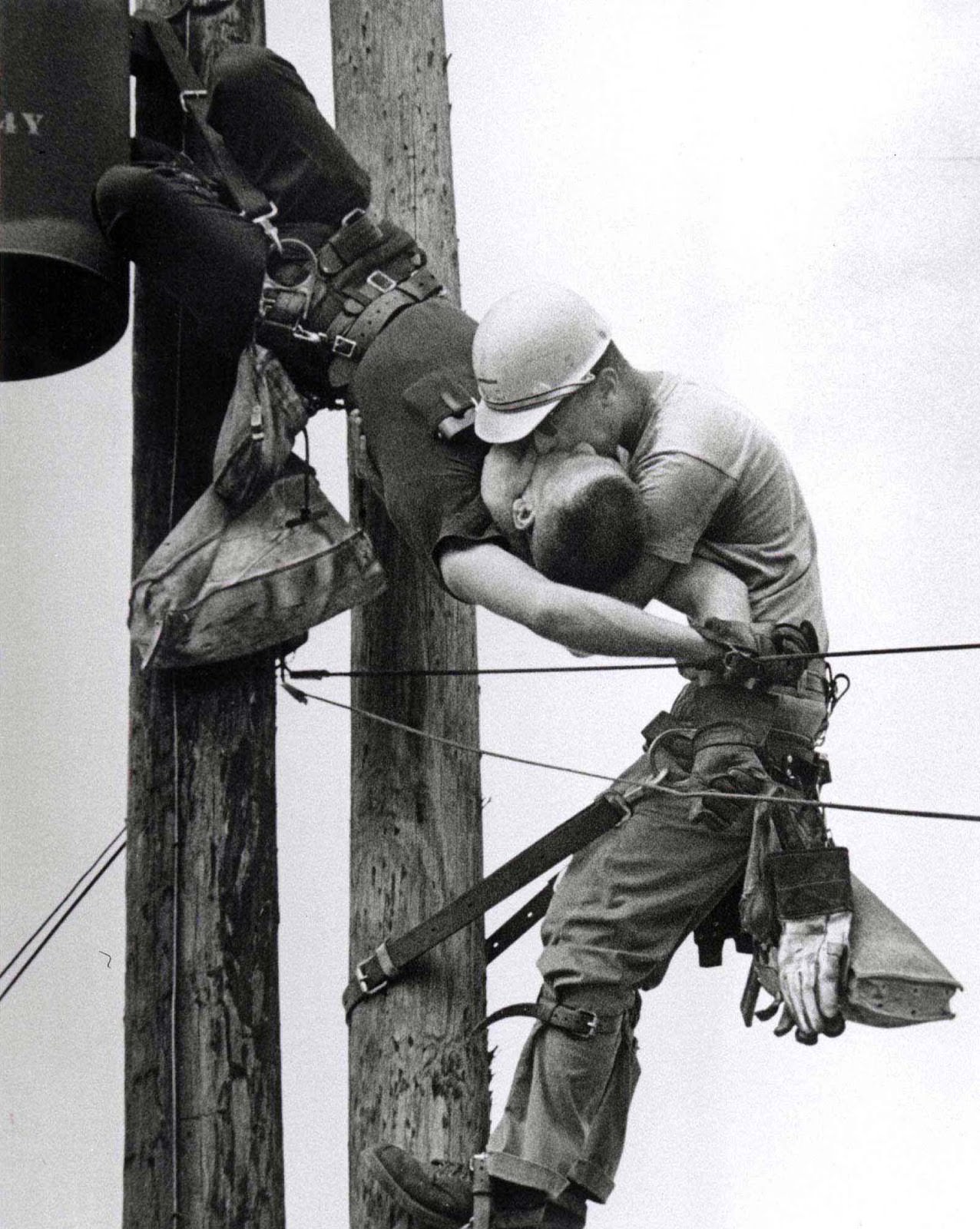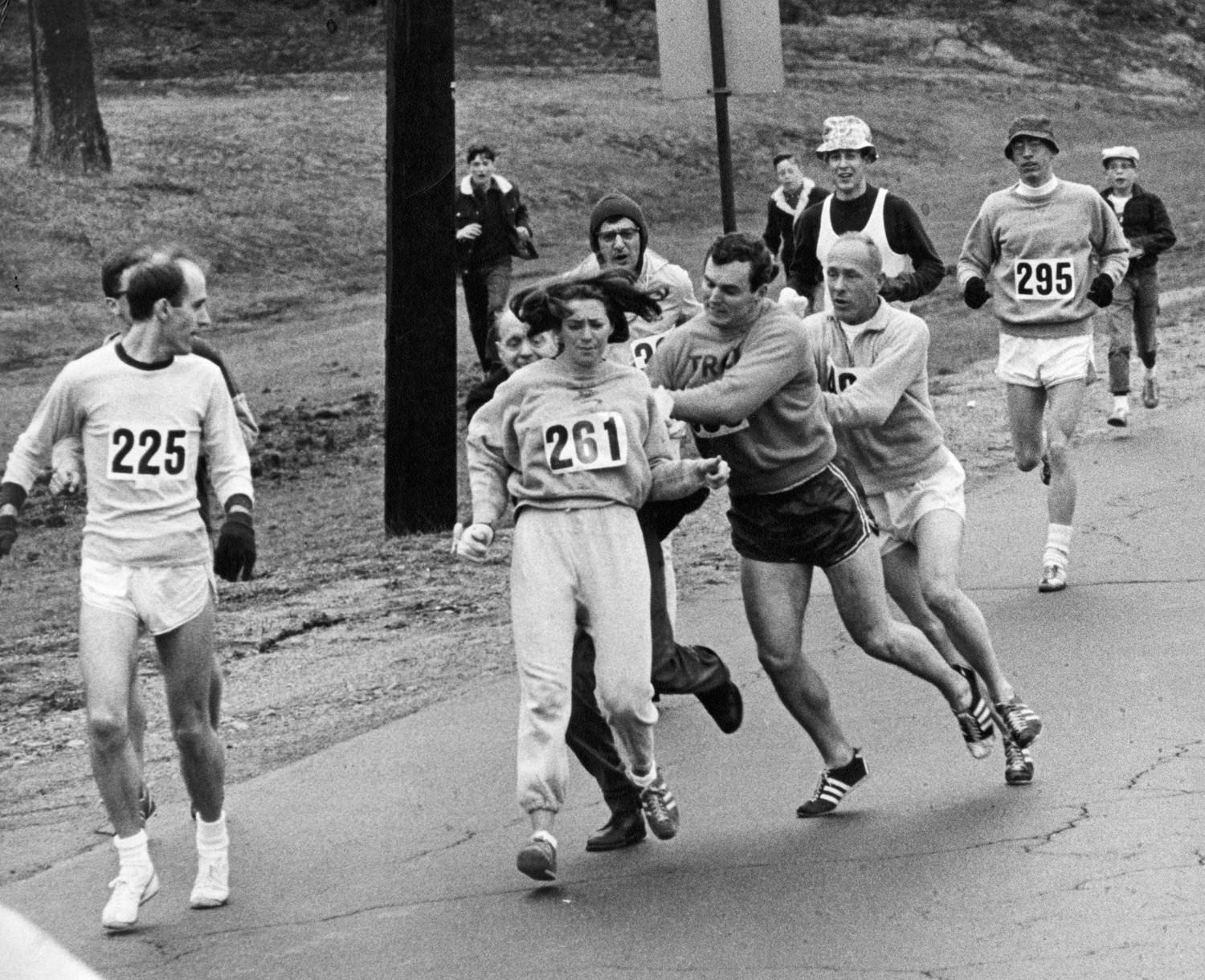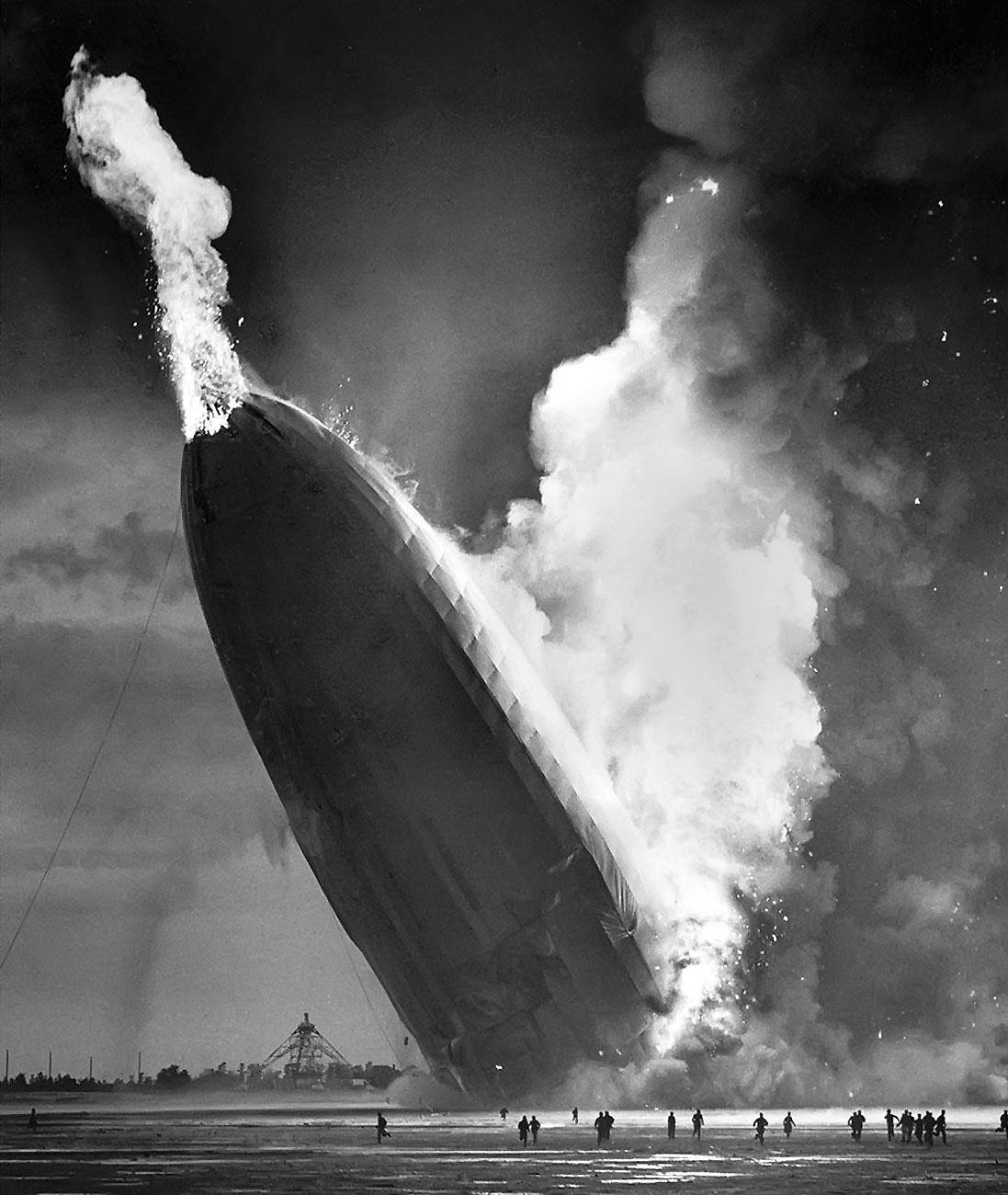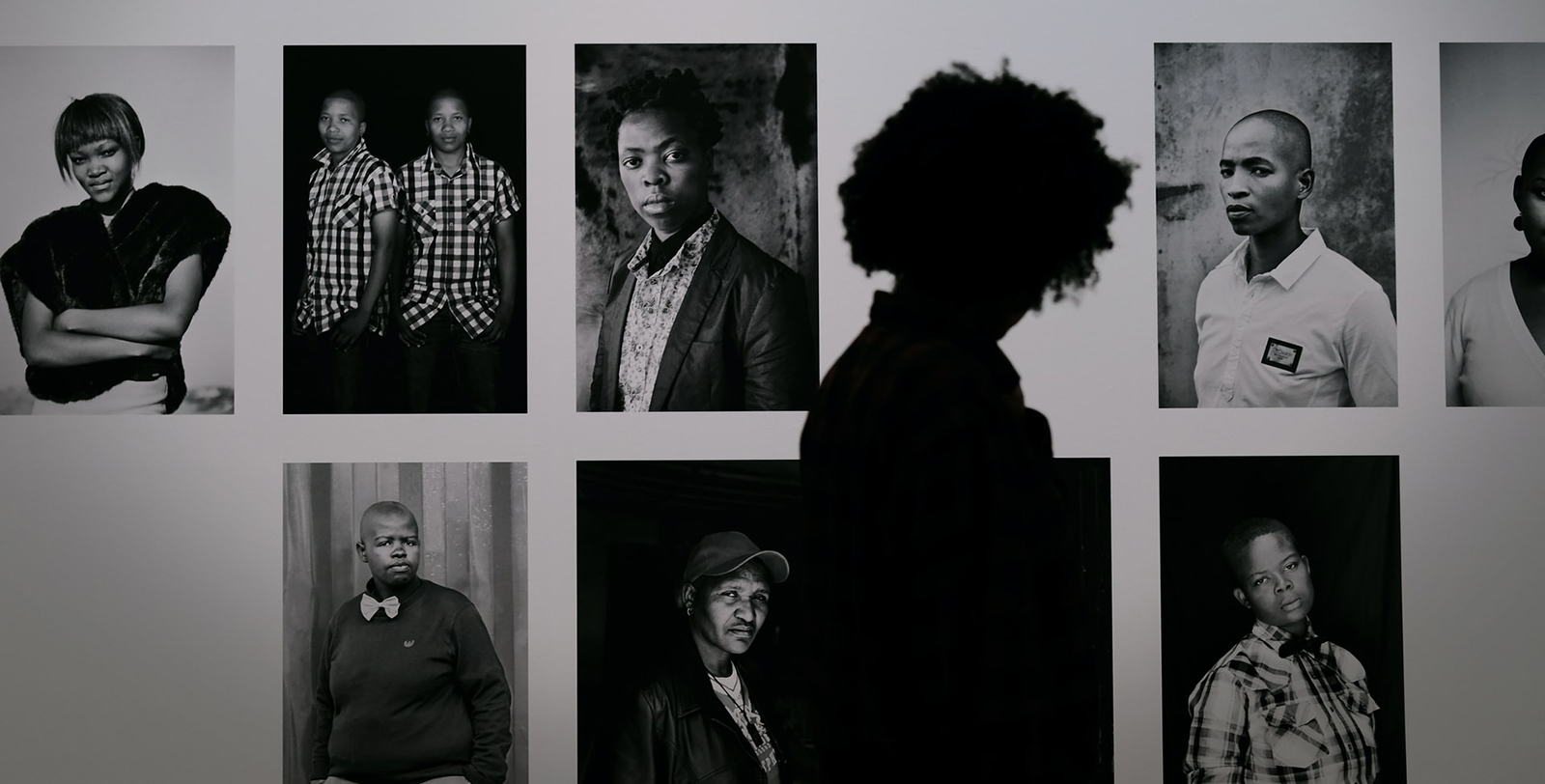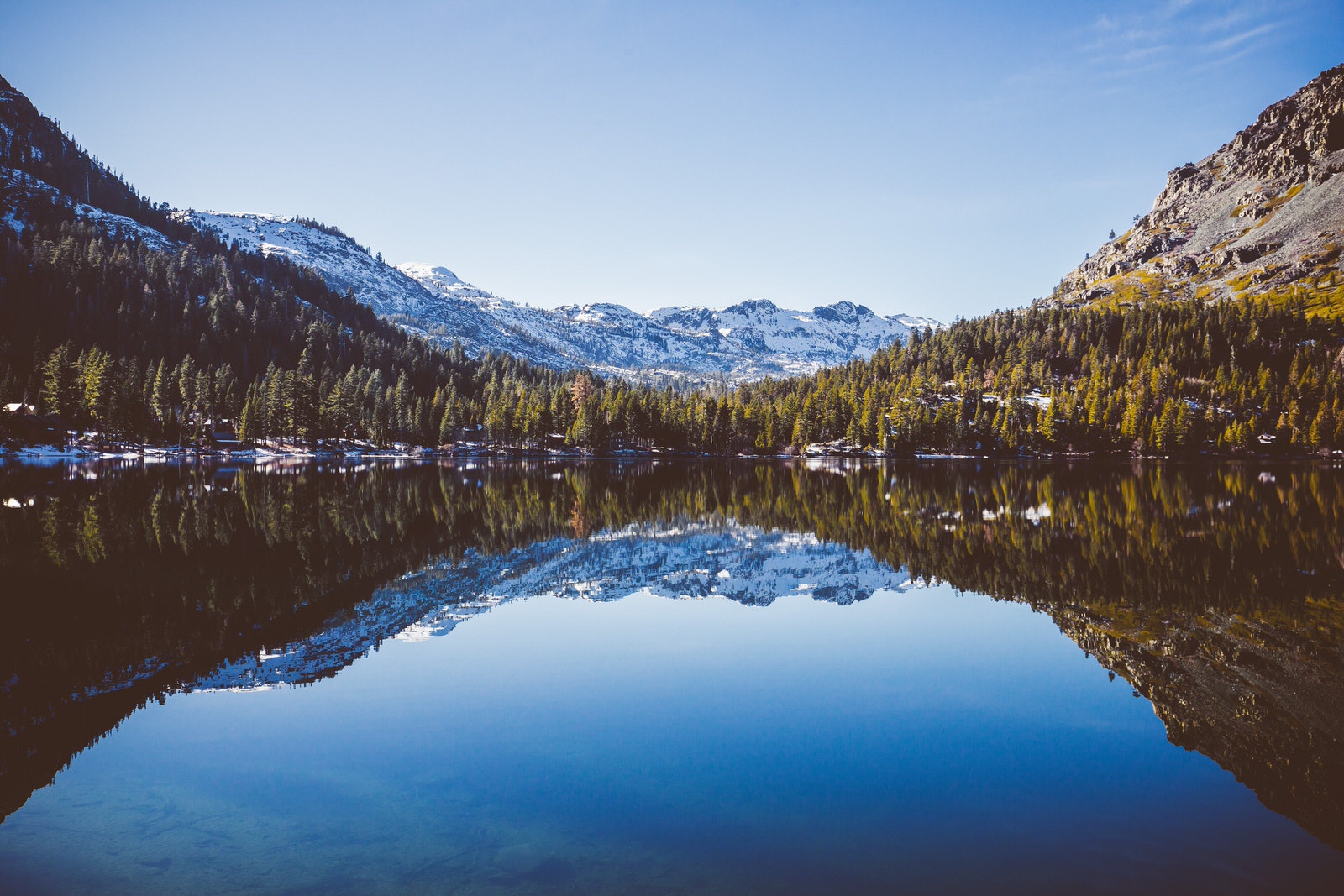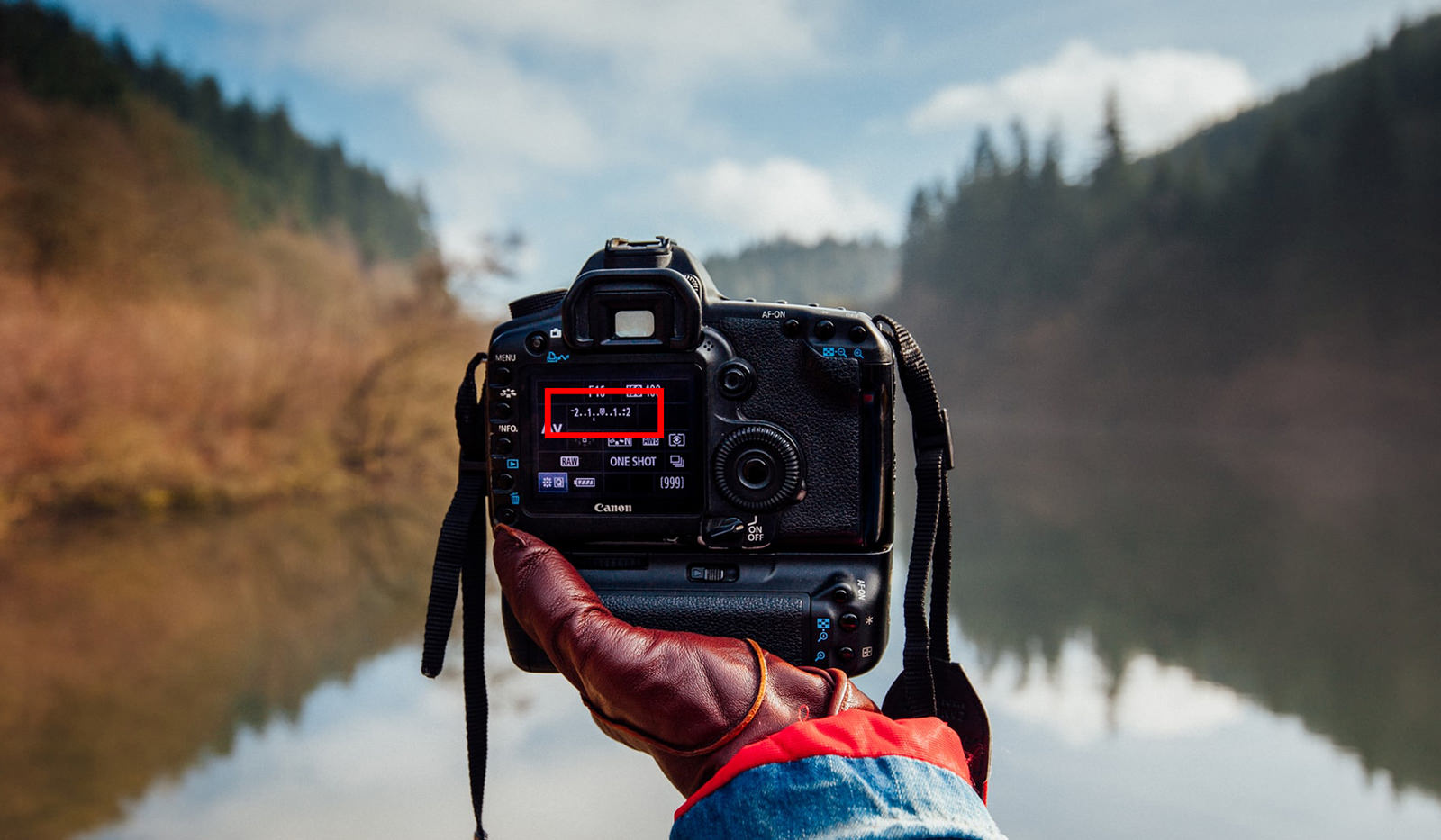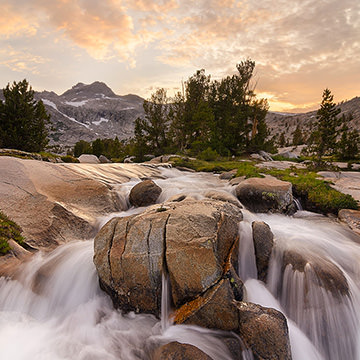
The Rarest Pictures Ever Taken
The funny thing about history is how hard it is to know what moments will stand the test of time. Sometimes, photographers realize in the moment that the picture they’re about to take will come to represent a defining event. Other times, it takes years, even decades, before the historical context reveals them for the defining gems they are.
When we speak of rarity in this instance, we mean moments that required the ideal timing and the perfect eye for composition, iconic and stirring moments that could just have easily been missed if a vigilant photographer didn’t happen to be present. The following photographs cover a variety of historical incidents, but what unites them is that they each tell a powerful and resonant story that continues to have meaning well into the present.
The Kiss of Life
This moment captured in 1967 isn’t the culmination of some major historical event, and it’s not a moment that would come to signal a new revolutionary epoch, but it stands the test of time due to its raw humanity. There was no reason to believe that there would be a disaster that day. The electrical linemen featured in the photo, J.D. Thompson and Randall G. Champion, were performing routine maintenance when something went wrong. Champion accidentally came into contact with a live wire and was left unconscious; his safety harness prevented his fall, but left him dangling in the air. Thompson hurried up the pole and gave Champion mouth-to-mouth until he started breathing again, and after applying CPR on safe ground, Champion went on to live another three decades. Through the luck and quick thinking of Rocco Morabito, who happened to arrive at the scene just after the accident, the moment was immortalized forever.
The British Terra Nova Expedition, 1911
In 1911, photography was less than a century old, and the fundamentals were still being worked out. The need to carry bulky and unwieldy equipment may have made it seem like an impractical inclusion on Britain’s dangerous Terra Nova expedition to the Antarctic, and many probably saw it as an unnecessary frivolity. But this stunning glacial photo by Herbert Ponting conveyed the unspoiled majesty of one of the few remaining frontiers at a time before the prevalence of handheld cameras and satellite photography. Even today, it’s a marvelous sight.
The Chaos at Disneyland’s Opening Day
Disneyland is an American landmark recognized throughout the world, and it has weathered the decades as one of the most popular international amusement attractions. But when Walt Disney devoted $17 million to the park’s construction in the early 1950s, many saw it as a foolish errand. While television cameras dutifully portrayed opening day on July 17, 1955 as an organized and smoothly executed event, one photographer captured the reality behind the gala as overcrowded masses tried to find their way into the park. The day turned out to be a disaster, after almost triple the amount of people expected arrived, rides broke down, food ran out, and parts of the park had to be closed. Disneyland would eventually come closer to fulfilling its promise as “The Happiest Place on Earth,” but this is clear evidence that big ideas rarely go according to plan.
Kathrine Switzer Assaulted by Officials at the Boston Marathon
Today, it may be hard to imagine an event as iconic as the Boston Marathon barring women from entry. But in 1967, nearly 50 years after the amendment granting women the right to vote was passed, the marathon was an all-male event, and officials enforced this rule aggressively. This photograph, taken by Boston Globe photographer Paul Connell, captures the shocking moment when an official physically accosts female runner Kathrine Switzer while her boyfriend tries to fend him off. The sense of movement in this image is phenomenal, but of equal import is what it says about the continuing struggle for gender equality. Switzer was the first registered female contestant to finish the race, but it would be another five years before the marathon was officially opened to women.
Adolf Hitler’s Secret Bunker
If you look at the staggering levels of human suffering caused by Adolf Hitler, it’s hard to see him as anything other than an instrument of destruction and pain. If his supporters were to tell the story, he would be remembered differently. Hitler’s public life was carefully curated, and most surviving pictures of him were designed specifically to foster the image he wanted to send to the rest of the world. If not for the enterprising spirit of photographer William Vandivert, that might still be the case. Vandivert’s photography of Hitler’s bunker painted the story of a paranoid and desperate man left cornered and alone.
The Hindenburg Disaster
While the flight of the Hindenburg on May 6, 1937 was recognized to be a major media event, few would have guessed how important it would become or why. The zeppelin had already safely completed its maiden voyage from Frankfurt, Germany to New Jersey, and the photographers gathered below at Lakehurst assumed that their work would be simple routine for the morning papers. When the ship caught fire, Murray Becker was one of the photographers on-site to document the whole affair. Fifteen of his pictures tell a horror story and relate a tale reminding us of the dangers that come with humanity’s desire to always fly a little higher than they were intended.
The Exiles of Siberia
While there’s little doubt that photographs can be a powerful motivator for change, the act of seeking the perfect shot can often change the photographer as well. When George Kennan, an American explorer, began journeying across the Siberian backwaters with the approval of the Tsar in 1885, it was a rare opportunity. The highly autocratic government was careful about letting outsiders in, but Kennan’s glowing and public admiration for the Russian government had earned him the unprecedented chance to document a part of the world rarely seen. The conditions of criminals and political prisoners exiled to Russia changed his mind, however. He returned with rare shots of a forgotten and downtrodden people and became a vocal critic of the Tsarist regime.
Boulevard du Temple
When speaking of rarities in a medium, it’s hard to outdo the very first specimen, and that’s the case in photography as well. This photograph by Louis Daguerre in 1838 is the first to include people. It is grainy and blurry, demonstrating photography at its most rudimentary form. However, it represents the birth of an art form that would develop over the course of generations.
Few of the photographers who took the pictures above are recognized today as titans in their field, but that’s just an indication of how beautifully impartial the art of photography is. Some of them happened to be in the right place at the right time. Others identified the potential for a momentous event that their peers had overlooked. Others still saw a unique perspective on events being covered extensively. The point is, it just goes to show that any photographer can, with a bit of luck and an eye toward the world around them, capture a photo that’s able to stand the test of time.
Remember, the best camera is the one that’s on you. If you have a camera at-the-ready wherever you go, you may find yourself in the rare position of catching an iconic moment that tells a powerful story of the time for generations to come.
